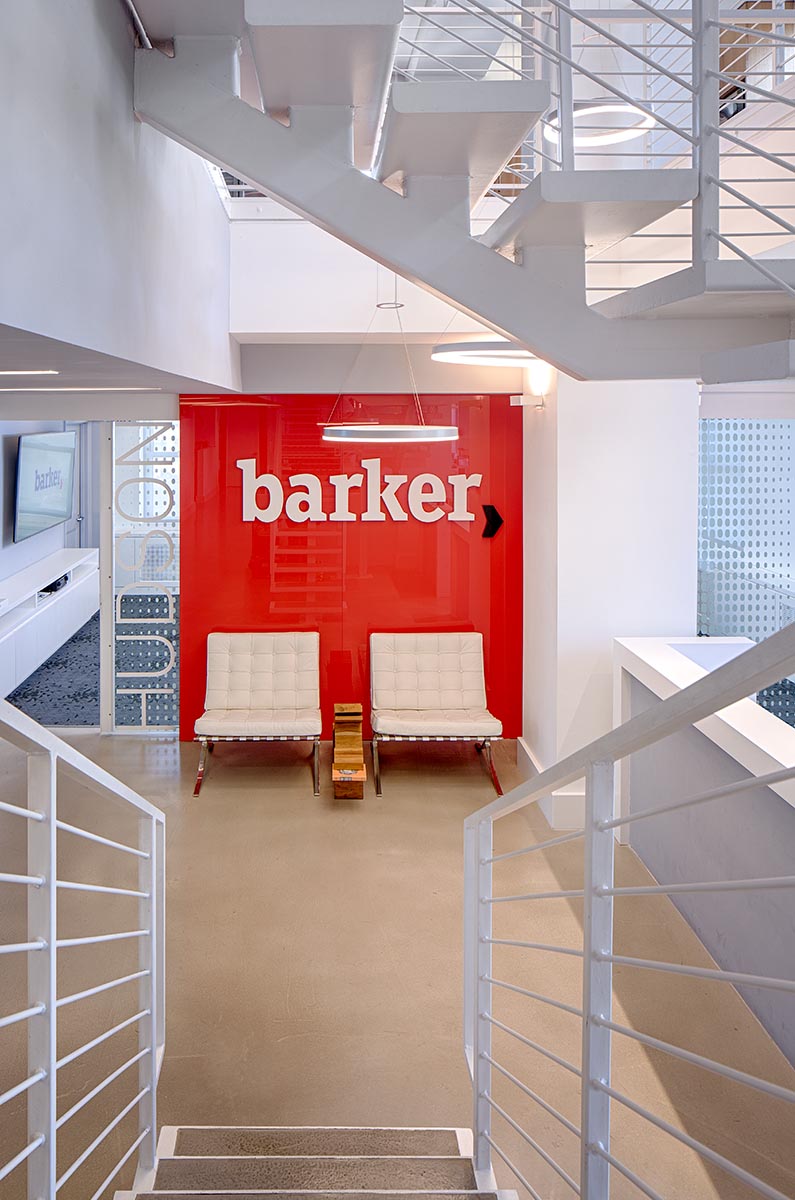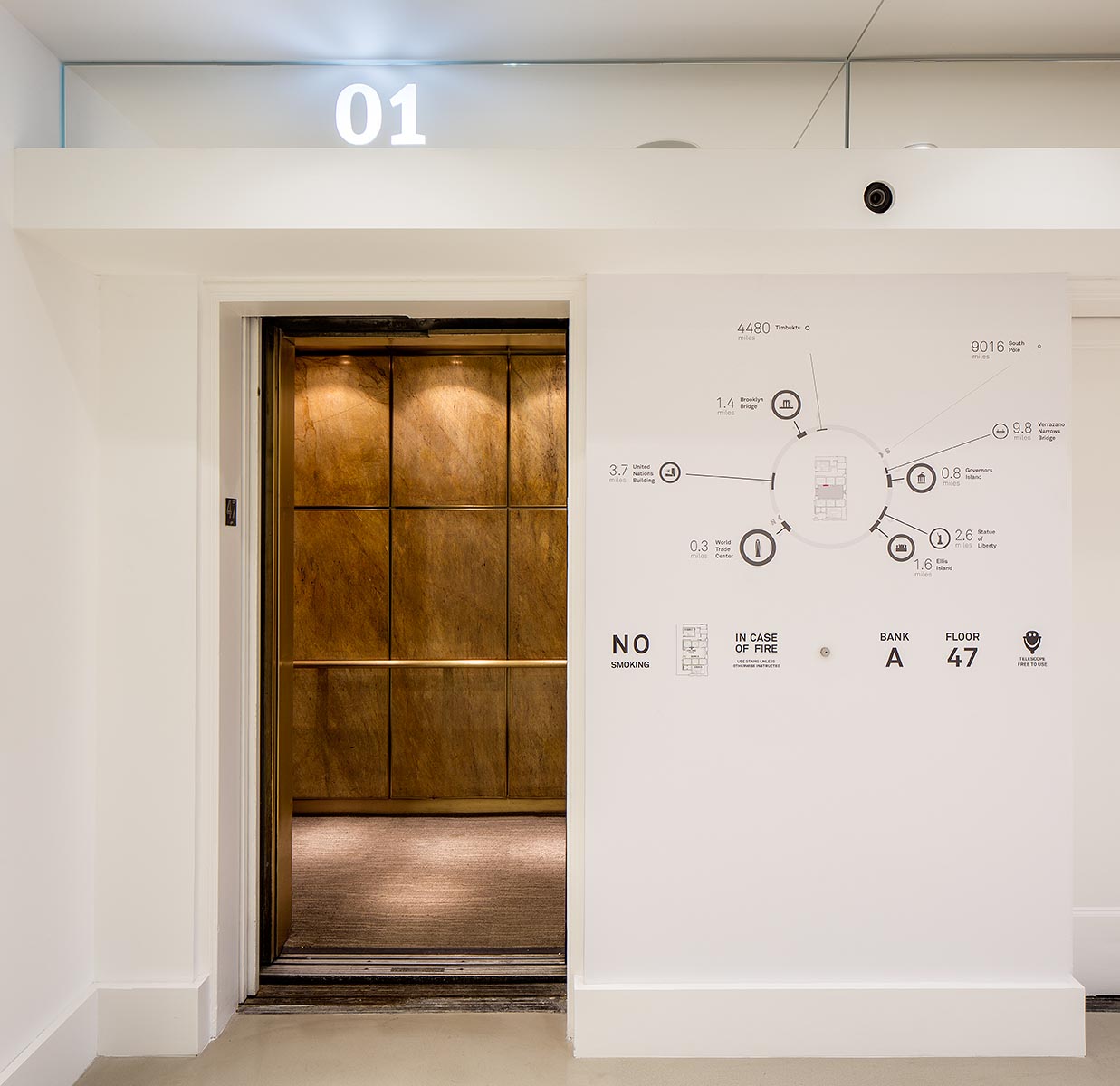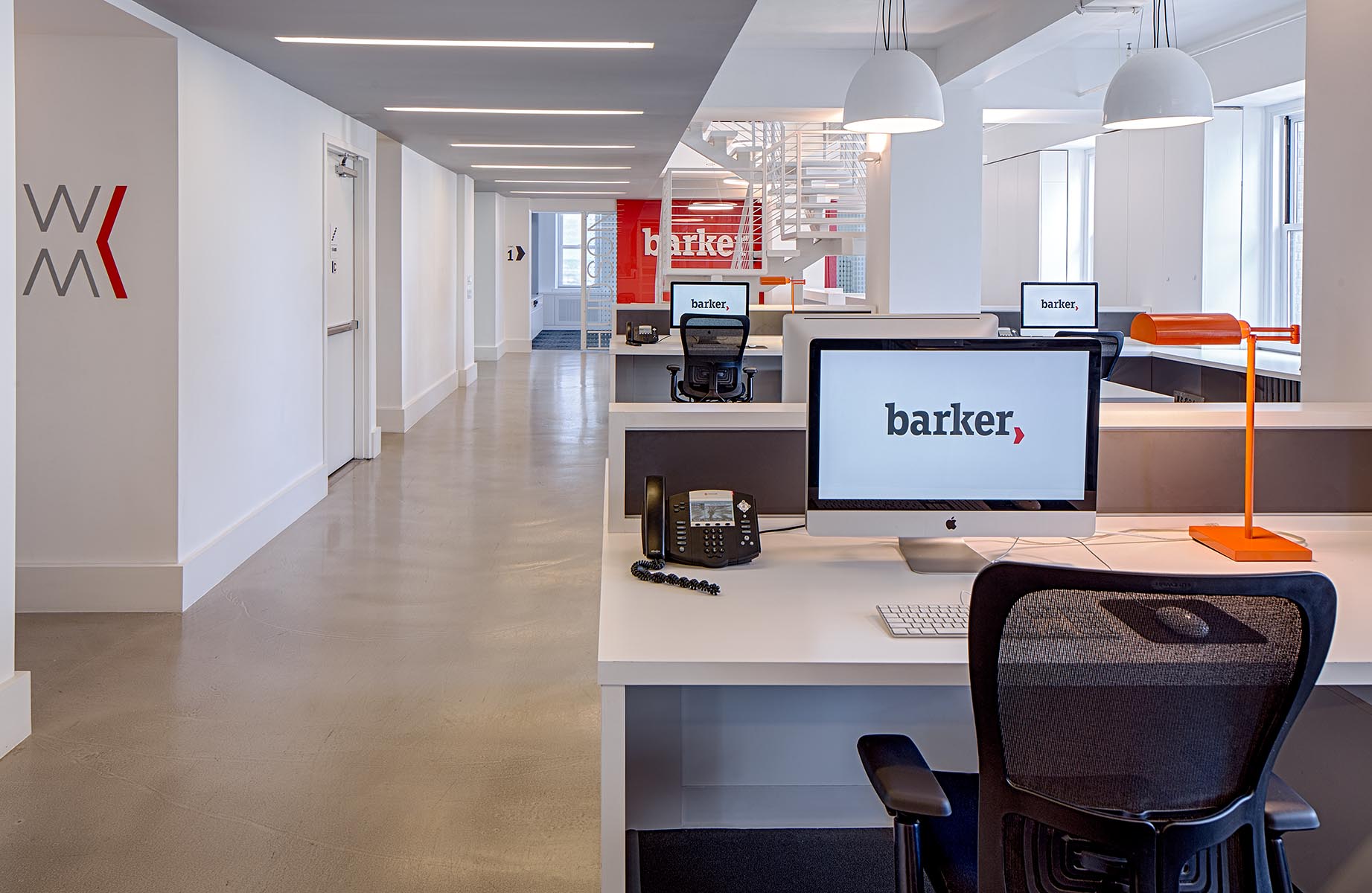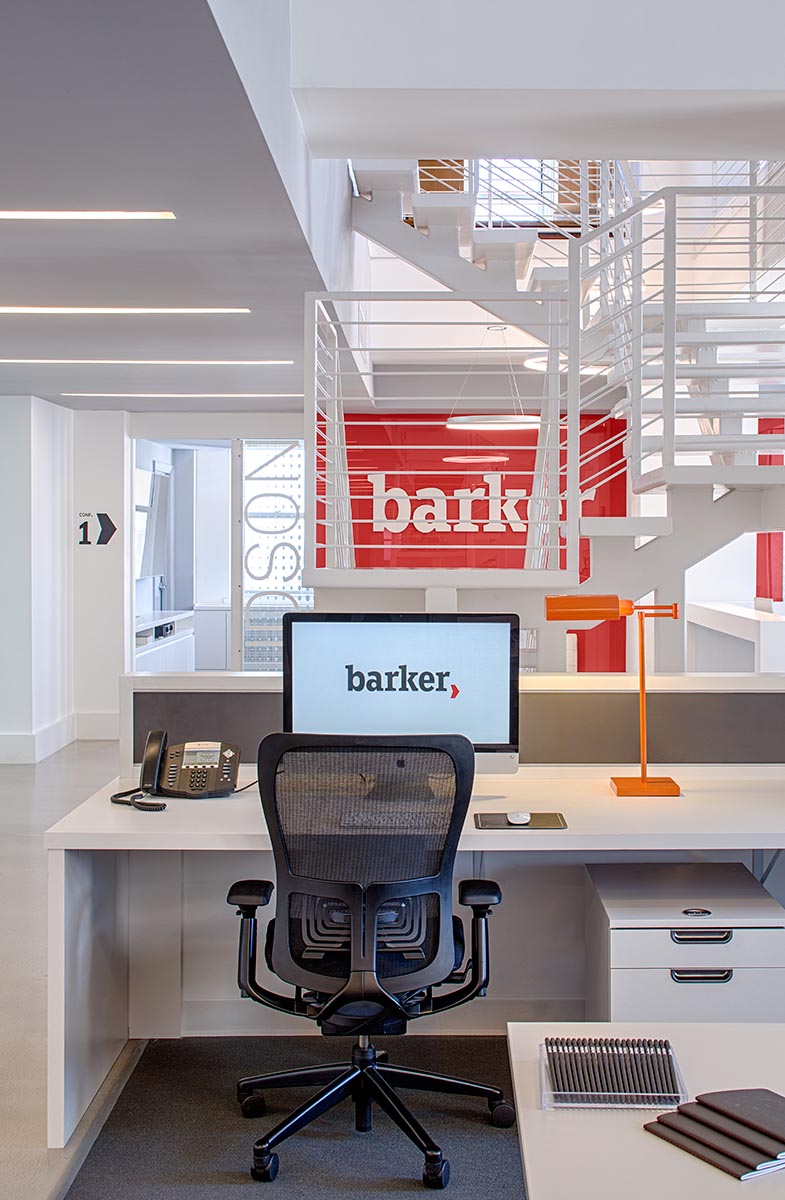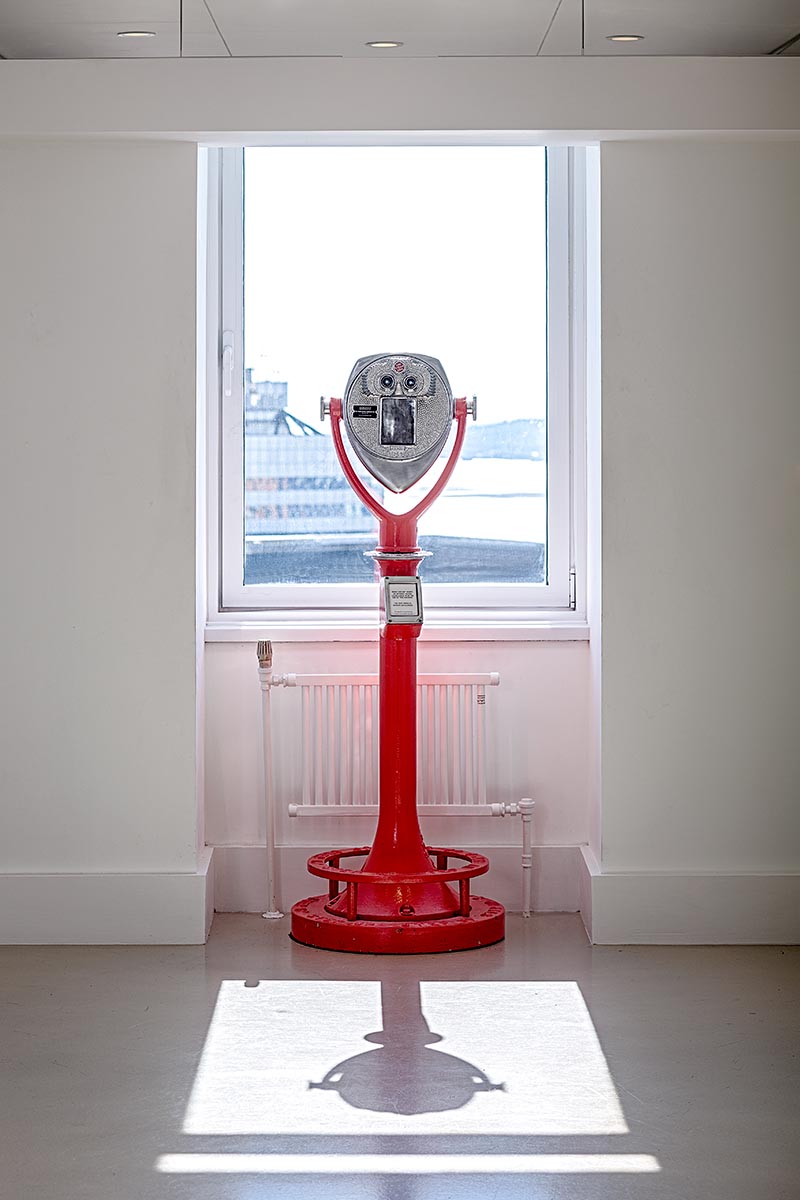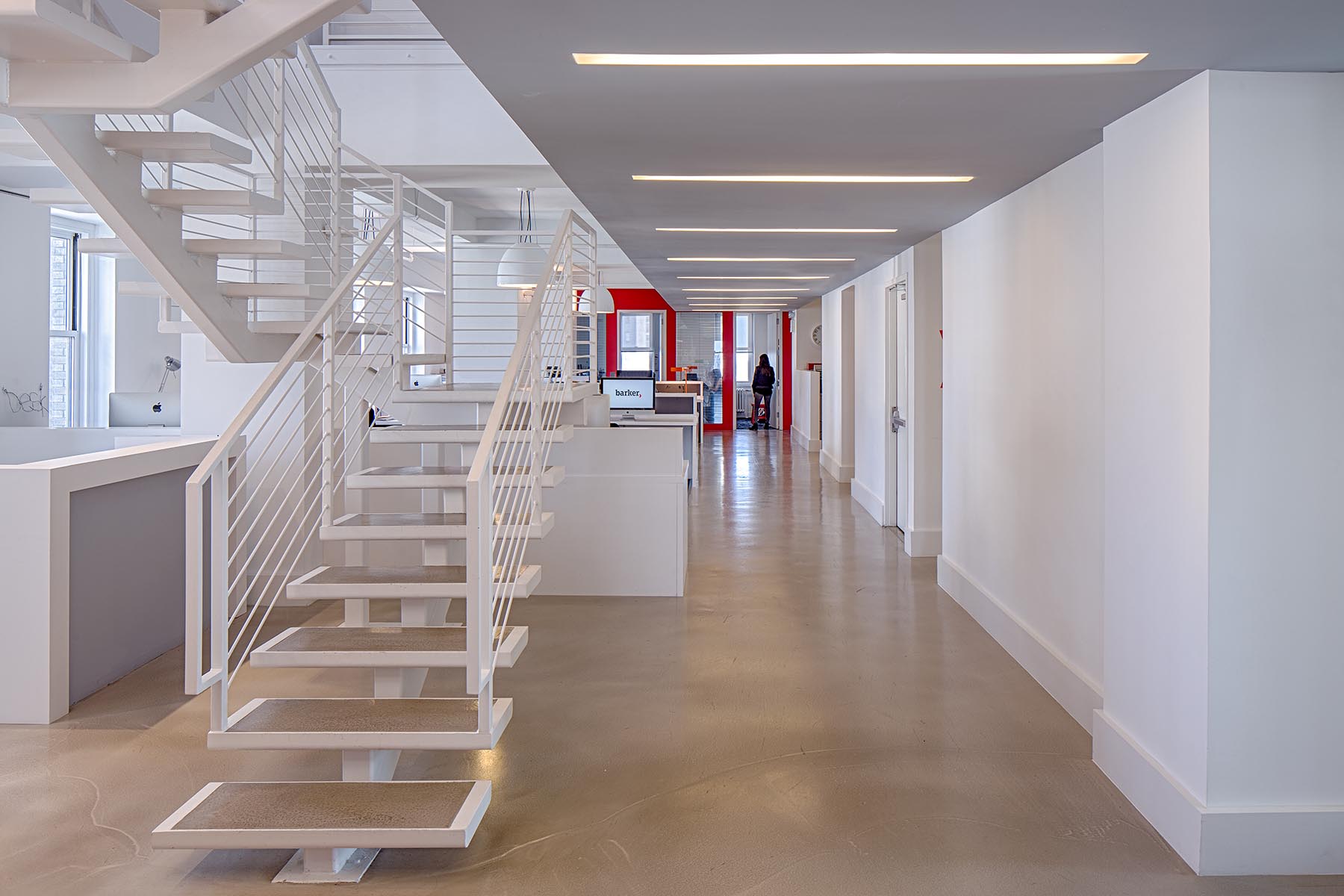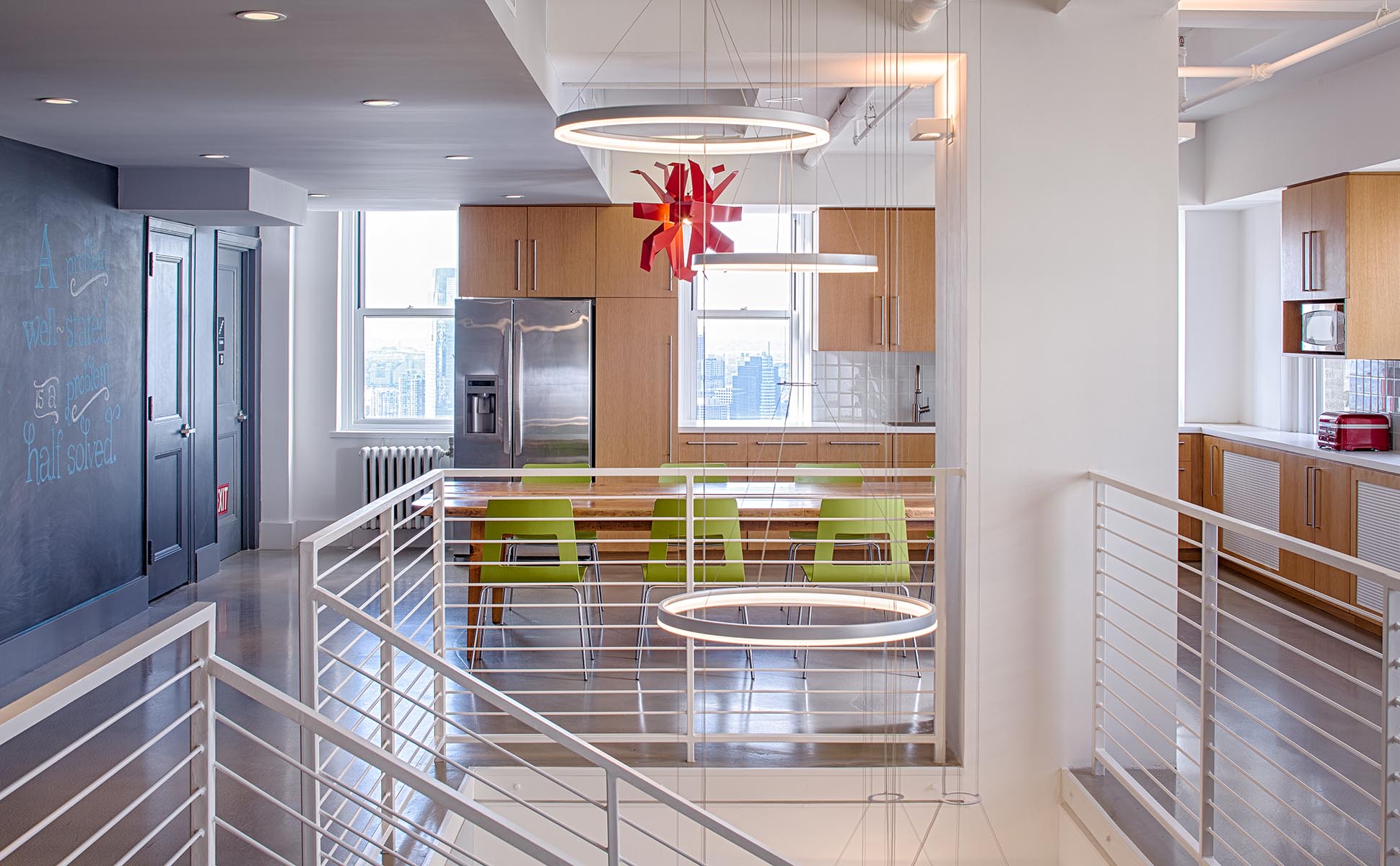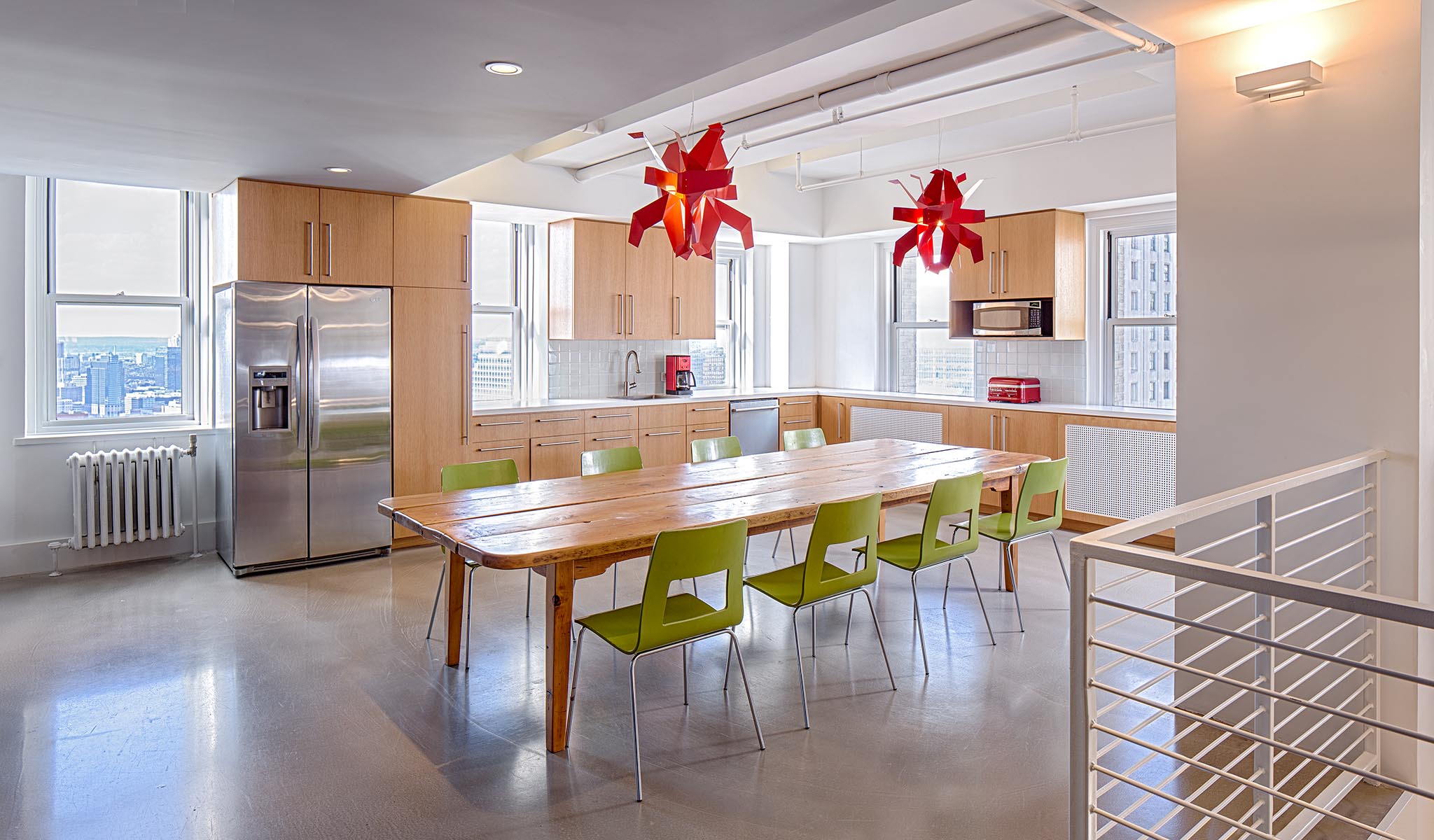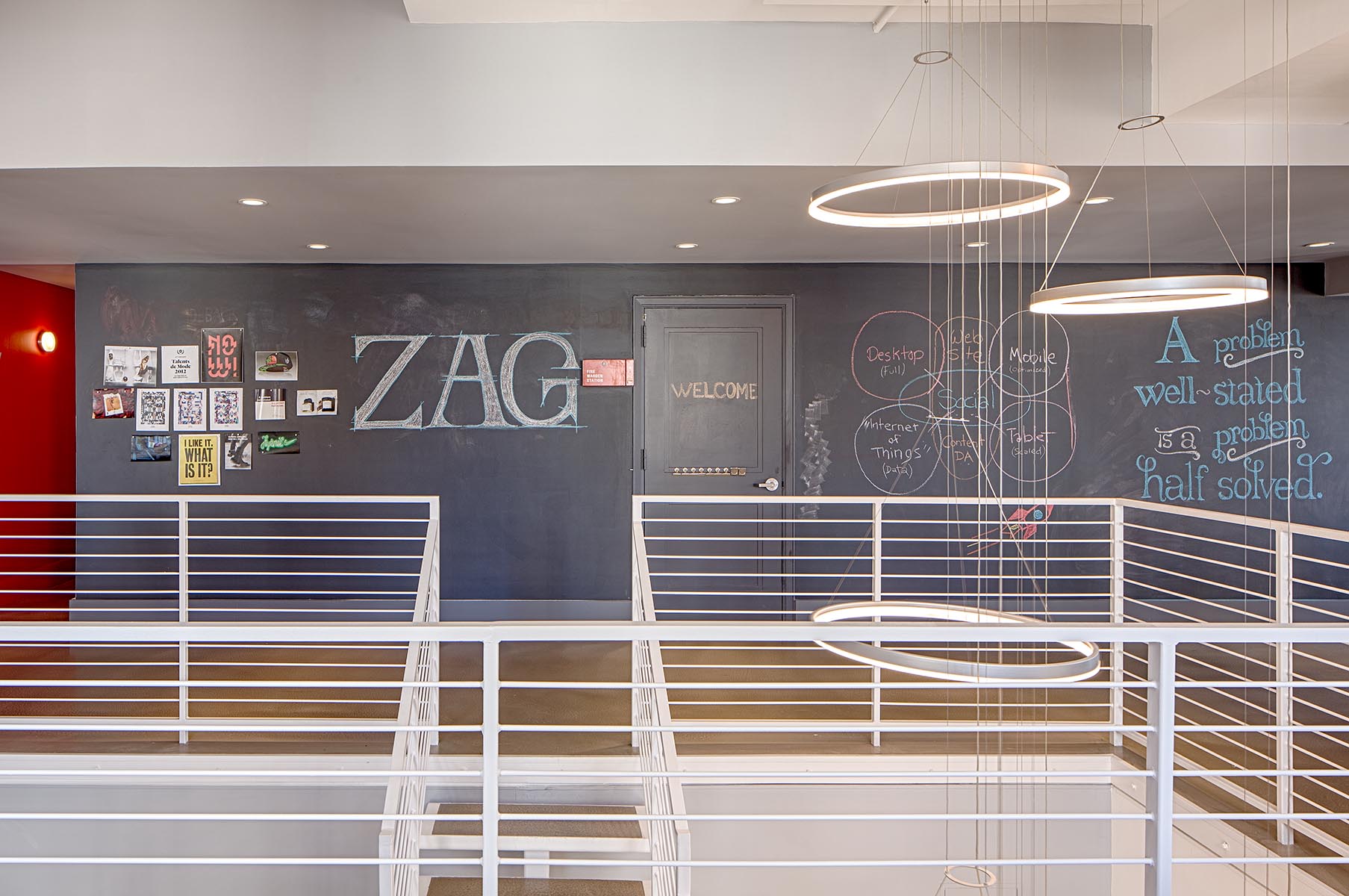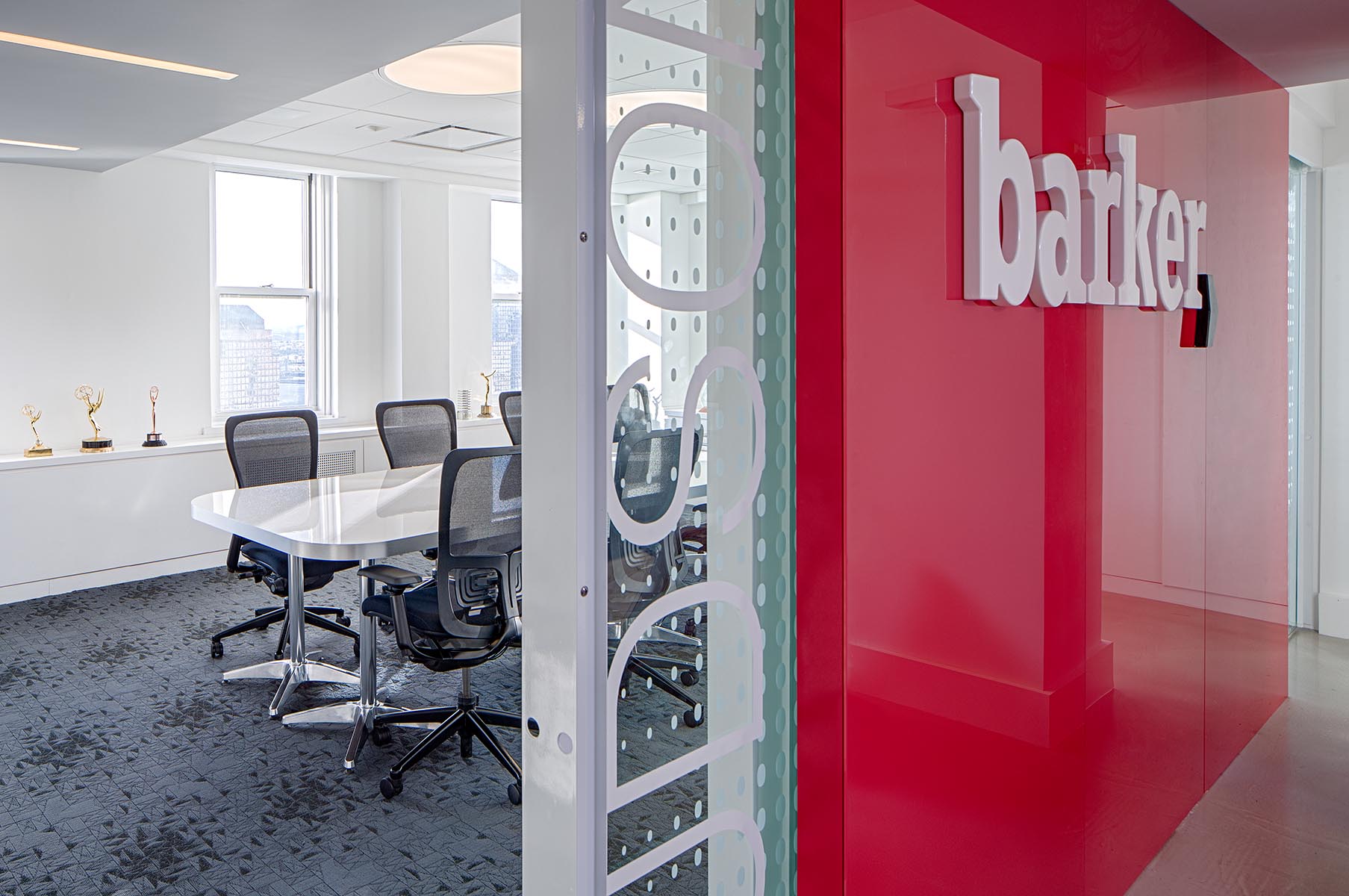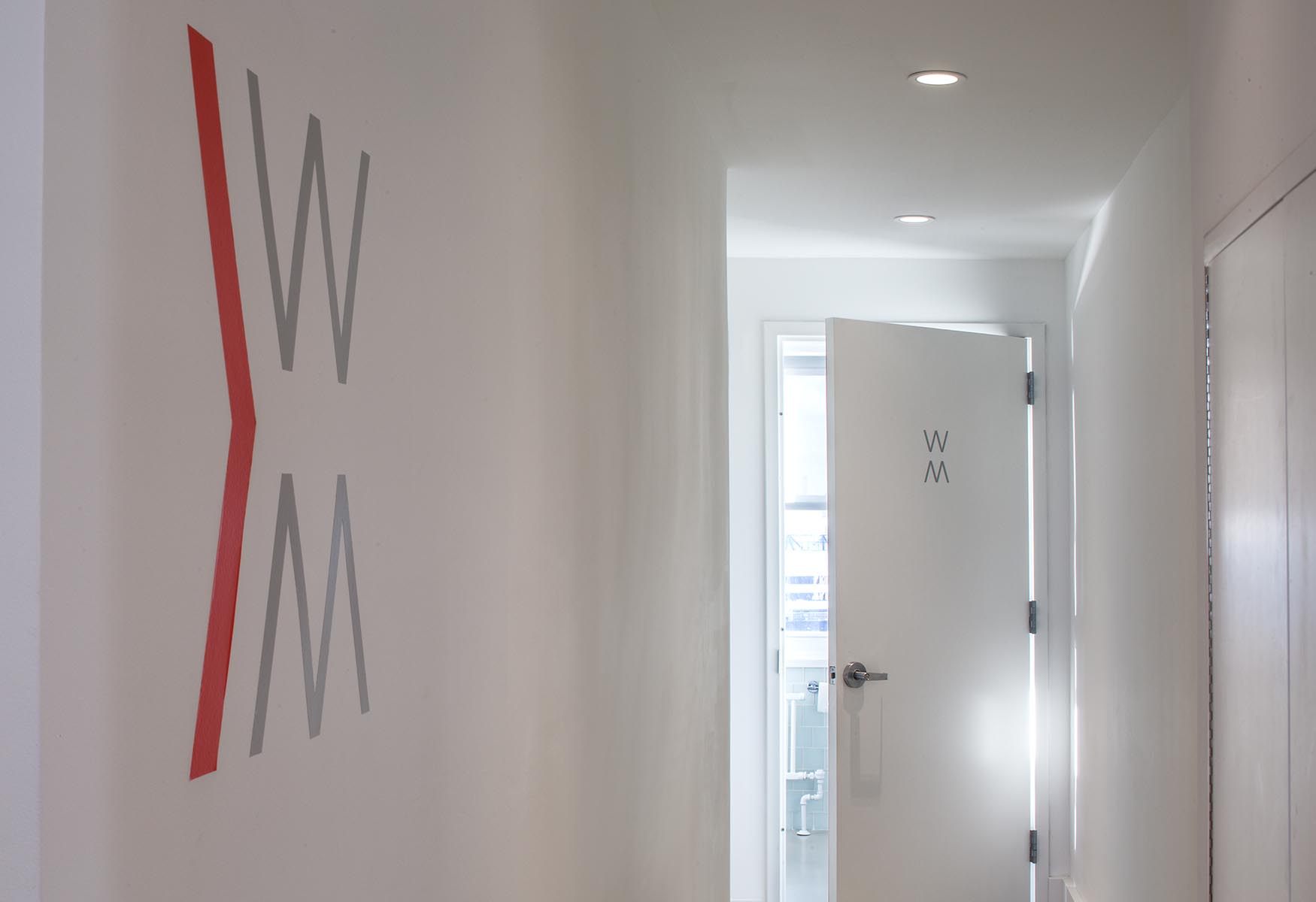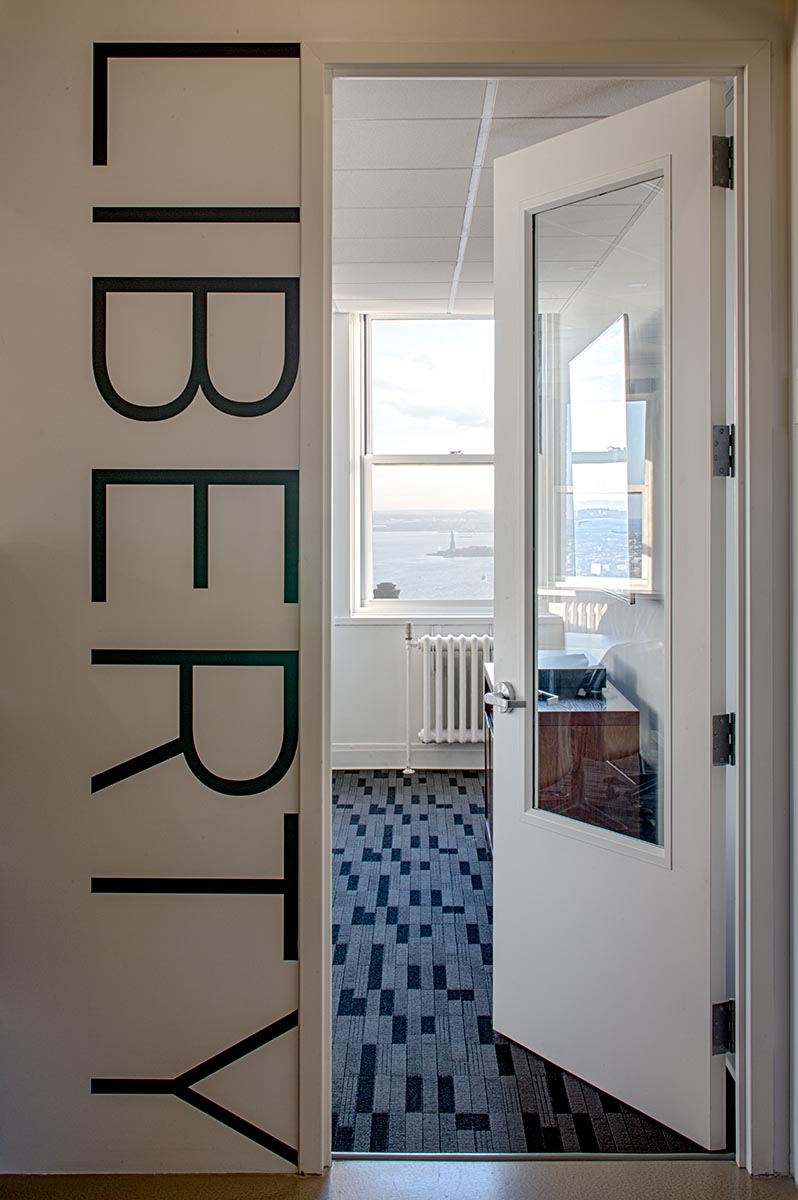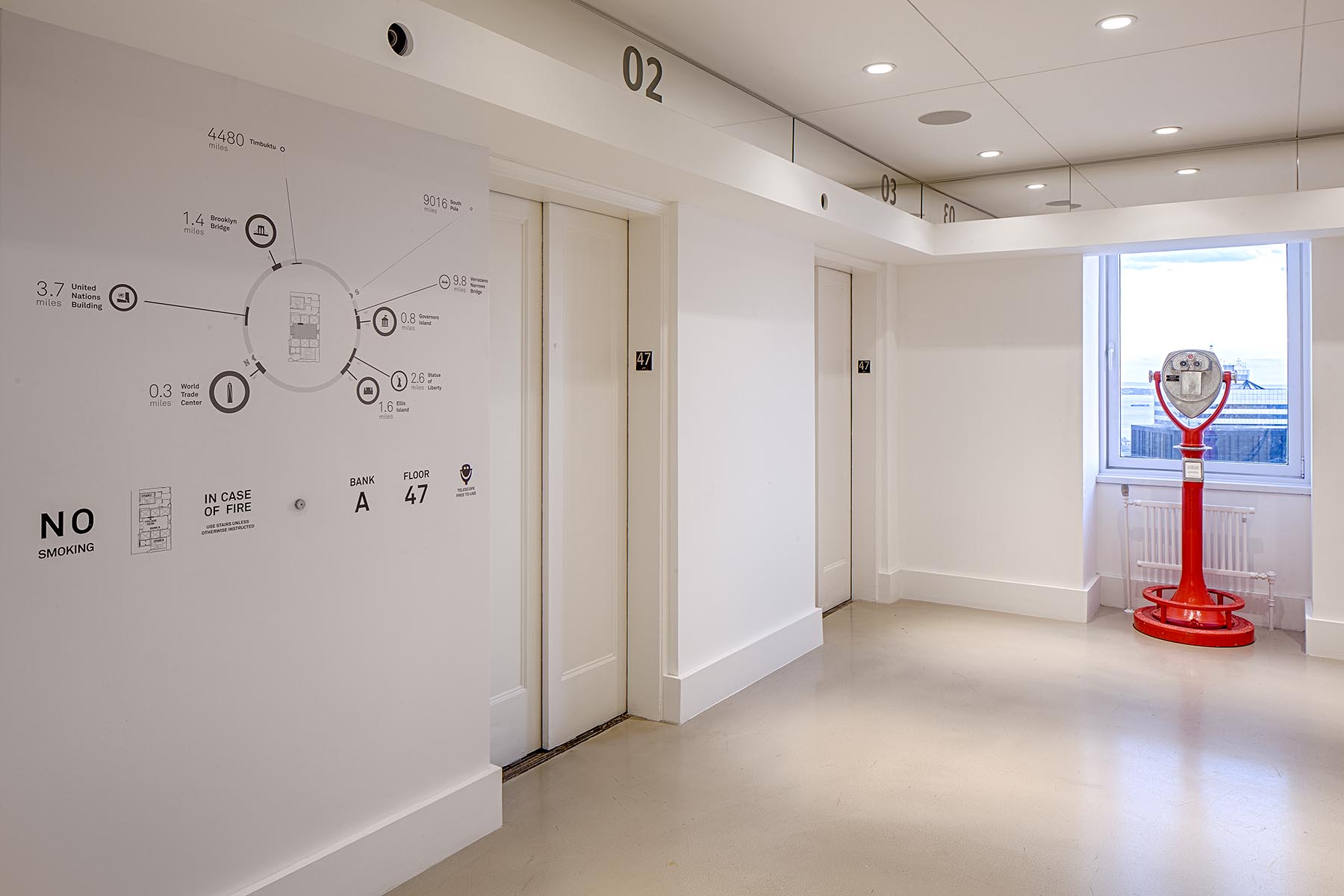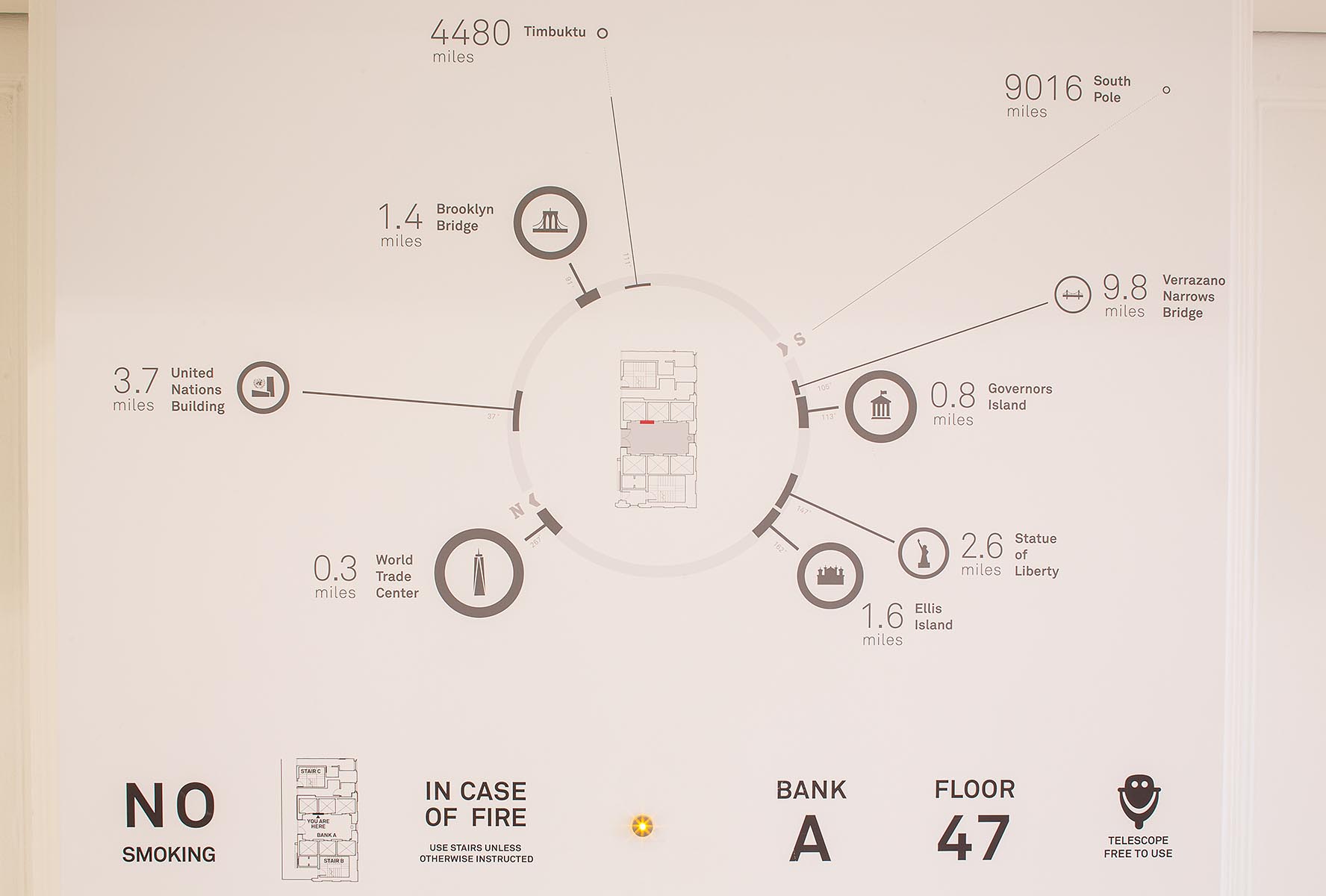Letgo: The Case Study of 128% Headcount Growth in Two Years
/Letgo is the fastest growing mobile marketplace to buy and sell locally.
As of August 2017, letgo's team is made up of over 170 employees of 20 different nationalities spread across nine offices. Their team is growing like a weed -- with 128% headcount growth over the past two years -- and raised a $175M venture capital round in Q1 2017.
Given this explosive growth, we sat with letgo's Workplace Experience manager to discuss her experiences with the company thus far, and her track record of helping other hyper-growth stage startups with their real estate and occupancy decisions.
Vivian Ramirez has been the Office Experience Manager of letgo since May 2017 and is helping with the buildout of their new HQ at 490 Broadway in SoHo. Interview Q&A is below:
What prompted your team to make the move to SoHo?
Our NYC leadership team was focused on SoHo and Tribeca due to the amenities in the neighborhood, density of tech talent and familiarity with the neighborhood based on prior work experience. Many of our employees commute from East Village and Brooklyn, so access to transportation was key which made 490 Broadway a logical choice.
Prior to starting at letgo you spent nearly four years at xAd. How has the experience been working at 1WTC vs. 490 Broadway?
xAd rapidly outgrew their space in Midtown South, and the views, tax incentives and landlord's willingness to help fund the construction at 1WTC were all driving factors behind the decision to relocate downtown. We were able to design the group to support the tendency for xAd to host a number of focus groups, which was extremely important for the team.
From a transportation standpoint, 1WTC was generally more convenient for employees commuting from within Manhattan and Brooklyn, but 490 Broadway is in a more-familiar area for many of our current employees.
Some of our clients still express their hesitation to relocate to the WTC due to a perceived stigma. Was this a factor in your decision?
There were a few employees who expressed their concern, but we held a townhall meeting for everyone to voice their opinion. After more employees saw the light, views and amenities of 1WTC, most skeptics were excited to make the move.
What are some of the frequently overlooked considerations while making a move and designing a space?
Moving is time-consuming and expensive, and it's extremely challenging for younger companies to accurately forecast their headcount growth. As the Workplace Experience Manager, it's important to work with finance and HR teams to attempt to forecast 1-2 years into the future and design a space where shared areas could be converted to desks.
One problem I've experienced twice is a workspace where the pantry area is designed in close proximity to active workstations; the smells and volume can be disruptive to employees. When designing xAd's 1WTC and letgos' 490 Broadway offices, we attempted to put breakout and collaborative spaces near the pantry, rather than offices and benching.
What, in your opinion, is the ideal density of a work environment?
This is dependent on the type of organization, but in my experience, 175-200 sf per employee has been an effective benchmark. Higher densities can be achieved, but there's a point of diminishing returns when a loud sales team is working next to engineering and HR functions.
For more information on letgo, workplace strategy or space availabilties, please feel free to contact Andrew Coe at andrew.coe@am.jll.com




